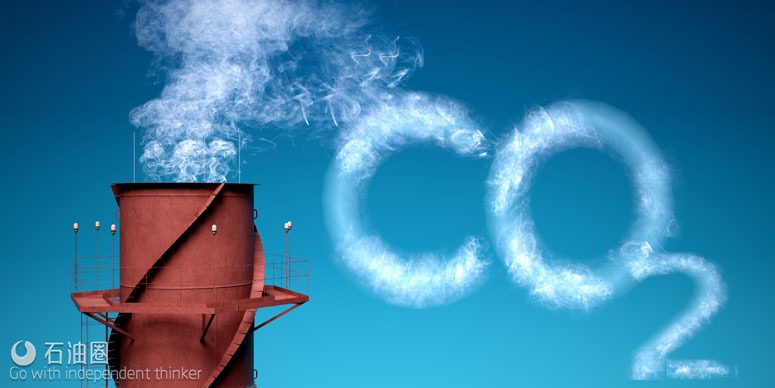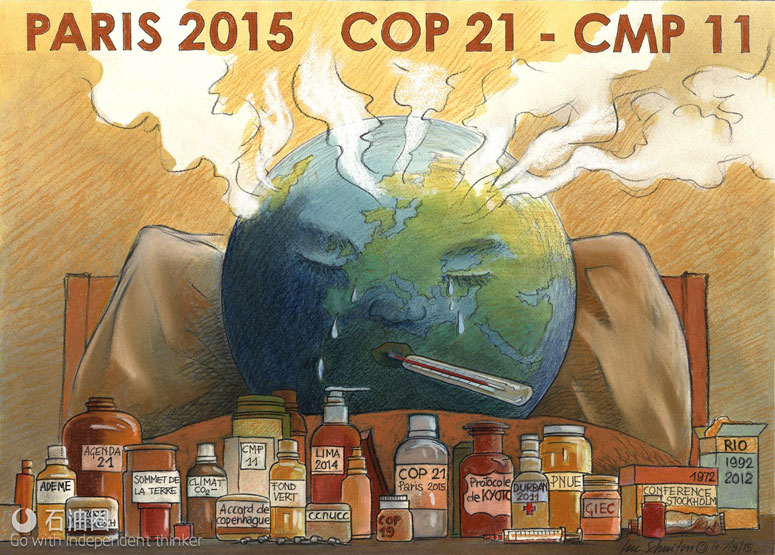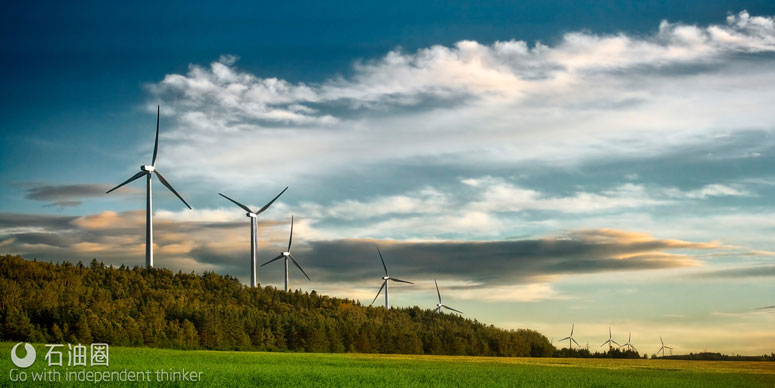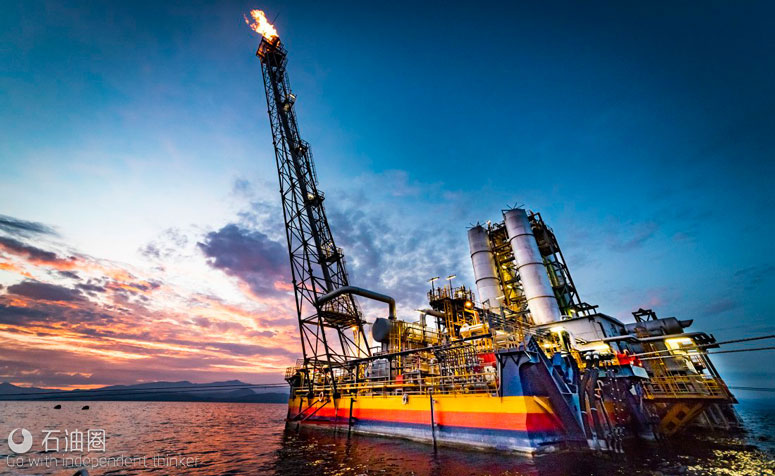We know the story: Mother Nature is sending increasingly loud and frequent signals that something new and dangerous is afoot. Regularly, climate scientists release incontrovertible data showing that climate is changing and offer robust explanations of why this is happening. We also know the other part of this story: Not enough is being done by peoples and governments to alter a trajectory that is guaranteed to force drastic changes in the human condition.
The American Meteorological Society warns that unless concerted action is taken by all nations, there is an almost certain probability that global temperatures will rise by 4 to 7 degrees Celsius in the next one hundred years. A world with that average surface temperature is very different from the one humans have inhabited since they first appeared in the planet. We also know that, recently, this story included a twist that is as unprecedented as it is welcome: on December 2015 in Paris, 177 nations agreed to transform the planet into a low-carbon economy.
The COP21 signatories committed to combat climate change, while promoting adaptation to its already irreversible effects. From then to October 2016, 96 countries have already ratified this agreement, which includes the goal to limit to no more than two degrees Celsius the increase of the average global temperature. This goal cannot be accomplished unless fossil fuel consumption is significantly replaced by less contaminating sources of energy and, eventually, by green, clean renewable sources.
Countries that have ratified COP21 are now committed to monitor their efforts to reduce emissions, to take action to ensure that their targets are being met, to help bring underperformers in line and to help developing countries both to reduce emissions and to adapt to the impact of the already irreversible changes in climate. Going from a high to a low carbon economy is a process that will require time, although the growth of renewable energy has been much faster than expected. Renewable sources of energy have already overtaken coal as the world’s largest source of electric power. The EIA reports that two new wind turbines are built every hour in countries like China. Solar, wind and other renewable sources are already generating about 25 percent of the world’s electricity. In the U.S., wind and solar capacity has tripled in the last 6 years and a new report from the U.S.
Energy Information Agency finds that electricity generated by solar and wind sources grew faster in 2014 than electricity generated by fossil fuels. This expansion has been greatly helped by the plummeting costs of renewable energy technologies. Since 2008 the costs of solar and wind energy have fallen by 80 percent and 50 percent respectively. Worldwide, renewable energy already represents close to 10 percent of total world energy generation and this rate of growth is expected to increase. In fact, the U.S. Energy Information Administration forecasts renewable energy will be the fastest-growing power source through 2040. So, yes, it looks that some kind of energy transition has already begun. This impressive growth in the use of renewable energy is largely taking place in the electricity sector. Unfortunately, other sectors are lagging.
Transportation, for example, continues to run by and large on fossil fuels. Even the most optimistic reports on the growth of renewables cannot eliminate concerns that the transition from a high to a low carbon economy is not going fast enough. The International Energy Agency scenarios suggest that there are low probabilities of staying below a warming of two degrees Celsius unless more substantial policy actions are taken to reduce carbon dioxide emissions. This is where natural gas can play a decisive role. This fuel emits 50 to 60 percent less carbon dioxide when combusted in a new power plant compared with emissions from a coal plant and 15-20 percent less tailpipe emissions than gasoline when burned in today’s typical vehicle.
The world is faced with two major tasks: reducing emissions stemming from carbon-based energy usage and slowing down energy demand through increases in productivity. Achieving these tasks requires a complex mix of financial, technical and political conditions that have proven to be very hard to achieve. The election of Donald Trump as president of the United States has added an additional level of complexity, as he has stated that climate change is a hoax perpetrated by China. He has also indicated that he intends either to dismantle or overhaul the U.S. Environmental Protection Agency and roll back president Obama’s regulations aimed at curbing coal industry pollution. Even though, as president-elect, Mr. Trump has tempered his stance and has said that he has “an open mind” about global warming, a U.S. Administration less committed to combating global warming effectively could create serious delays in achieving even the COP21 minimum goals. A less enthusiastic U.S. administration is likely to slow down the already alarmingly slow pace at which the transition into a planet that consumes cleaner energy is taking place. It becomes urgent, therefore, to aim at an intermediate stage of a cleaner planet, while continuing to fight for all the other more ambitious goals.
This intermediate stage can be greatly helped by an intensive substitution of oil by natural gas. In fact, the energy industry has already developed a significant technical and financial infrastructure that would make natural gas the path of least resistance. The strong positioning of natural gas in the current energy mix and its cleaner characteristics, as compared to coal and oil, makes it an almost unique alternative in our transition towards a low carbon economy.
Gas-producer
United States
The United States has become the world’s top gas producer as a result of the shale revolution.U.S. gas exports rose from 42.87 billion cubic meters (bcm) in 2014 to 50.48 bcm in 2015, an increase of 17.8%.
Russia
As of January 1, 2016, Russia held the largest gas reserves in the world: approximately one quarter of proven global reserves. Most of this gas is in Western Siberia. In 2015, more than 75% of Russian gas exports went to Europe.
Iran
Iran has 17% of the world’s proven gas reserves and more than one third of OPEC reserves. Despite continuous delays in the development of its gas fields and the effects of sanctions, Iran’s gas production is expected to increase in the coming years due to development of new phases of the South Pars gas field.
Qatar
In addition to being the world’s fourth largest gas producer, Qatar is the main exporter of liquefied natural gas (LNG), with a 31 percent market share. Qatar is also at the forefront in the conversion of natural gas to liquid fuels (GTL), with the largest GTL plant in the world.
Canada
Canada is the world’s fourth largest exporter of natural gas. Although the country is focusing on LNG, all of its gas is currently sold on U.S. markets, where it arrives through a gas pipeline. It is estimated that Canada has unproven shale gas resources amounting to 16,220 bcm.
China
China was a net gas exporter until 2007.Since then, gas imports have increased dramatically in tandem with rapidly developing pipeline and natural gas processing infrastructure. Natural gas imports meet around 30% of China’s demand.
Norway
Norway is the world’s third largest gas exporter and supplies most of the gas used in Europe. Although the main gas fields in the North Sea are becoming mature, Norwegian production has grown almost every year since 1993, partly due to the development of new gas fields.
Saudi Arabia
Although Saudi Arabia possesses one-fifth of the world’s natural gas reserves, the country’s natural gas production is still limited because of high costs. All of its gas supplies are for domestic use, partly to minimize the use of crude oil to generate energy.
Algeria
Algeria ranks eleventh in the world for proven natural gas reserves and third for technically recoverable shale gas reserves. In May 2014, Algeria’s Council of Ministers gave formal approval to the development of shale gas concentrated mainly in the Ghadames Basin.
Turkmenistan
Turkmenistan possesses several of the largest natural gas fields in the world, mainly concentrated in the Amu Darya Basin, in the Murgab Basin and in the South Caspian basin. In 2015, it exported 36.81 bcm by gas pipeline, with over 70 percent going to China.
Gas consumption will increase dramatically in the next 25 years. According to forecasts, consumption will increase by approximately 50 percent by 2040, when, for the first time, the percentage of gas in the global energy mix is expected to exceed that of oil.
Global production is currently 3,537 billion cubic meters per year, two-thirds of which is oncentrated in 10 countries. The diagram shows the main producers and the evolution of global fuel demand.


 石油圈
石油圈




